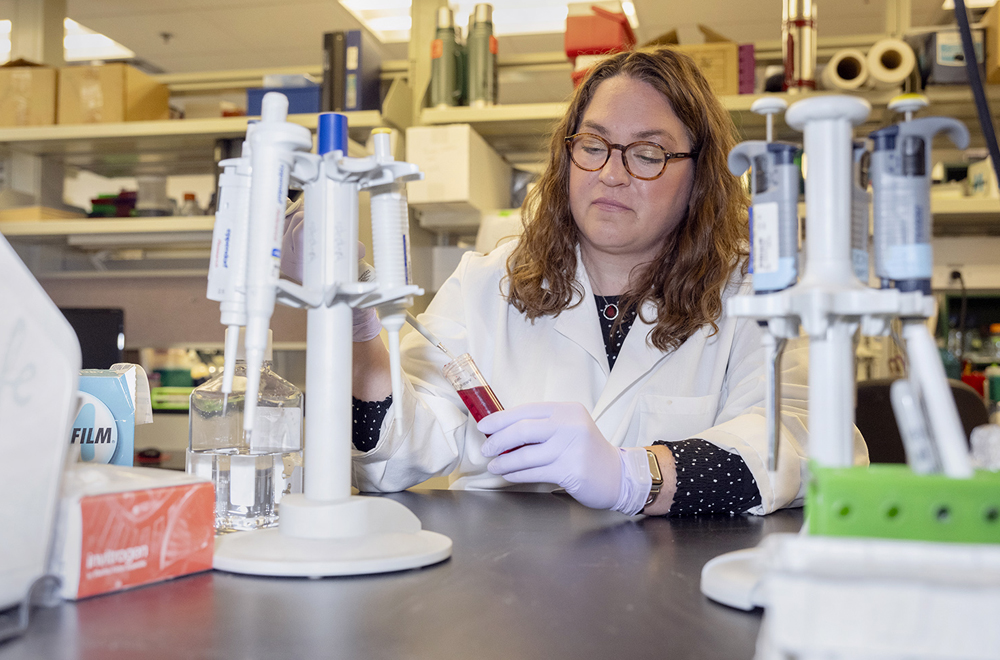The MIT Center for Gynepathology Research (CGR) is built on a foundation of scientific innovation and dedicated collaboration, driven by individuals who turn deep personal knowledge of disease into impactful research. Dr. Katie Burns, an assistant professor at the University of Cincinnati, is a powerful example of this guiding principle. Her recent work on immune dysfunction in endometriosis has advanced the field and earned a feature in Science magazine.
This spring, when a senior news writer from Science contacted CGR for perspective on the state of endometriosis research, we immediately highlighted Dr. Burns’s fascinating work. Her research, published in JCI Insight, took a microscopic look at neutrophils—a type of white blood cell—found in the menstrual blood of women with endometriosis. Dr. Burns found striking anomalies in these cells compared to controls. Remarkably, this discovery was made using a straightforward assay with the potential for at-home implementation, possibly even with a cellphone camera, offering a path toward a non-invasive, accessible diagnostic tool.
The Science article, “Probing the Pain,” highlights how Dr. Burns’s personal experience with endometriosis has fueled her remarkable success. What the article doesn’t detail, however, are the monumental administrative barriers she has faced and conquered to advance her work. Dr. Burns’s North Star is the translation of research into better care for patients, a mission that she pursues with unstoppable determination.
Her work not only advances our scientific understanding but also serves as an incredible role model for the entire CGR community, showing how passion, expertise, and persistence can overcome obstacles to drive scientific innovation. Read the entire article here.








